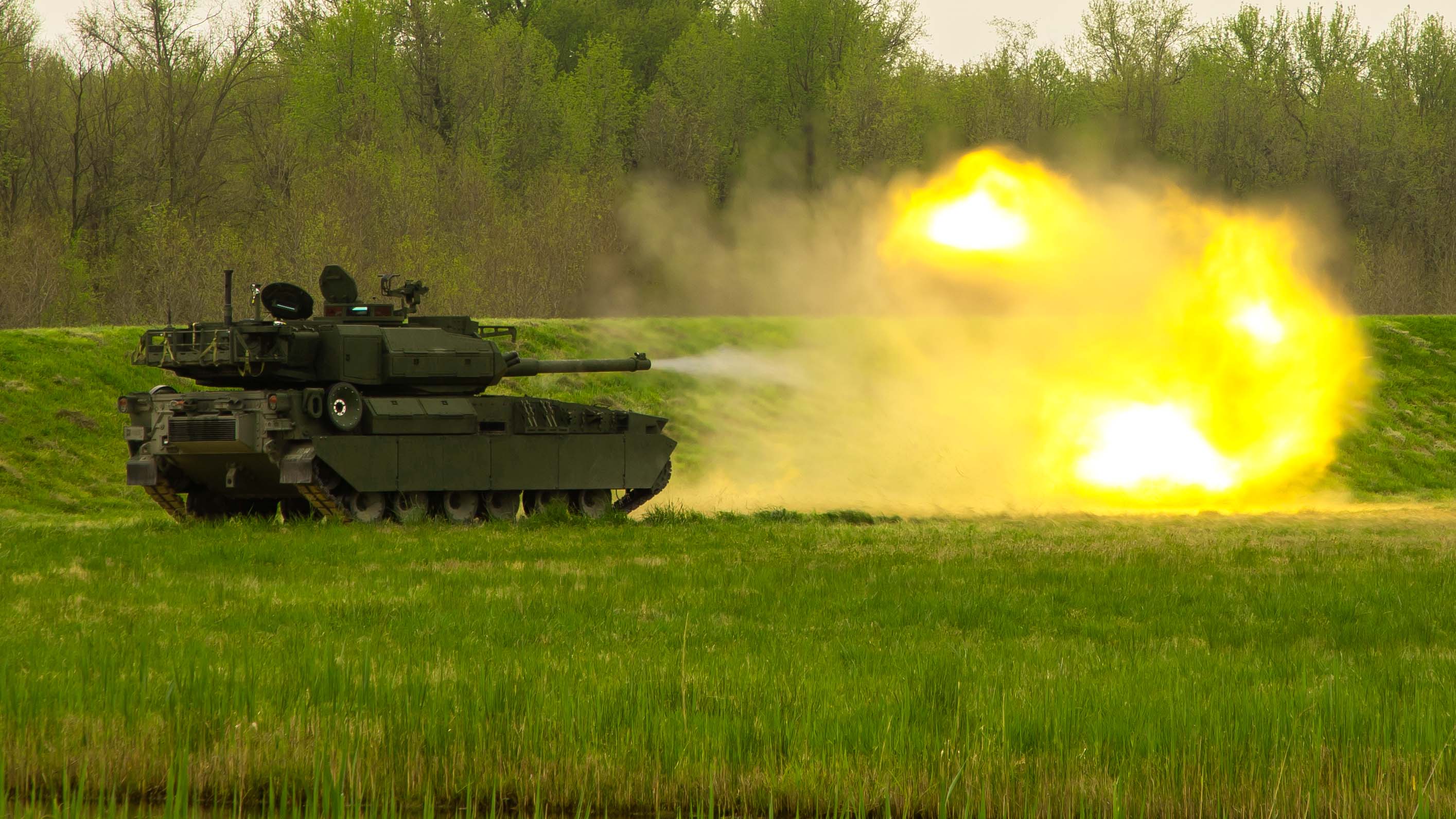Synchronization Essential to Army Transformation
Synchronization Essential to Army Transformation

As the Army adds new capabilities to the force, its efforts cannot stop at gear and hardware, a panel of experts said.
“It’s critical that we deliver that full capability to our force,” said Paul Reese, director of the fielded force integration directorate at the Army Combined Arms Center. This means making sure that the Army’s doctrine, organization, training, leadership and education, personnel, facilities and policy are synchronized with the new materiel, he said, referring to what’s known as DOTMLPF-P.
“The United States Army is undergoing the most significant transformation since the end of the Cold War,” Reese said. “We have to transform, [and] we must make sure that the DOTMLPF-P are all synchronized and delivered at the same time, so we can realize the full capability of what’s being delivered to the force.”
Reese, a retired Army officer who was speaking on a panel during the Association of the U.S. Army’s Global Force Symposium and Exposition in Huntsville, Alabama, said many soldiers have experienced receiving a new vehicle or piece of equipment and “we had no idea how to employ it. We didn’t know how to use it, train it, protect it.”
In many cases, soldiers and units had to learn on the fly, sometimes in combat, he said. “What we’re doing is making sure that doesn’t happen again,” Reese said.
Making sure training is synchronized with modernization also ensures soldiers get the most out of the new capabilities they receive, Reese said. “A robot is just a robot, but if you have the right leaders with the right mindset and the right training, then you have an incredible capability,” he said.
As an example, Reese cited the M10 Booker, the Army’s new combat vehicle to support infantry brigade combat teams. “We have to make sure we have the tactics, techniques and procedures in place to fight that piece of equipment,” he said. “It will transform how the infantry brigade combat team fights, and we must make sure we know how to employ it properly.”
Looking ahead, synchronizing the Army’s transformation is a team effort, Reese said.
“We need to know where we’re going in the future,” he said. “We must know what we are modernizing, what we are fielding, what we’re building. We must know how they come together and impact how we fight, then we execute and deliver a plan across DOTMLPF.”

